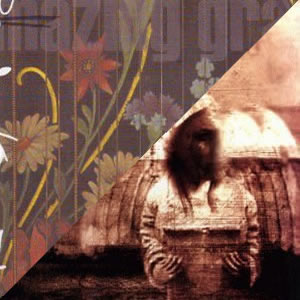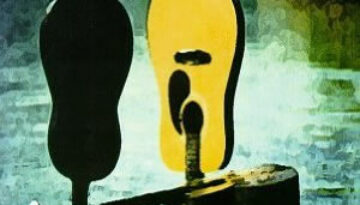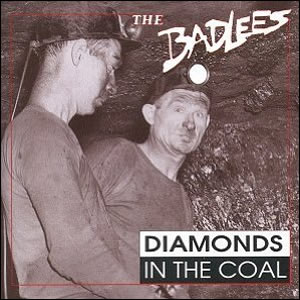The Badlees 1999 albums
Buy Amazing Grace Buy Up There Down Here In the mid 1990s, The Badlees were a fast rising group, newly signed to major label Polydor and with a national selling album that spawned […]

Buy Amazing Grace Buy Up There Down Here In the mid 1990s, The Badlees were a fast rising group, newly signed to major label Polydor and with a national selling album that spawned […]

Buy River Songs After honing their sound for half a decade, The Badlees found their first real commercial success with River Songs. Originally released as the quintet’s third independent studio album in early […]

Buy Diamonds In the Coal At a time when many in the rock world were in the process of re-imaging from the slick 80’s hair band to the grungy 90s alternative, a young […]